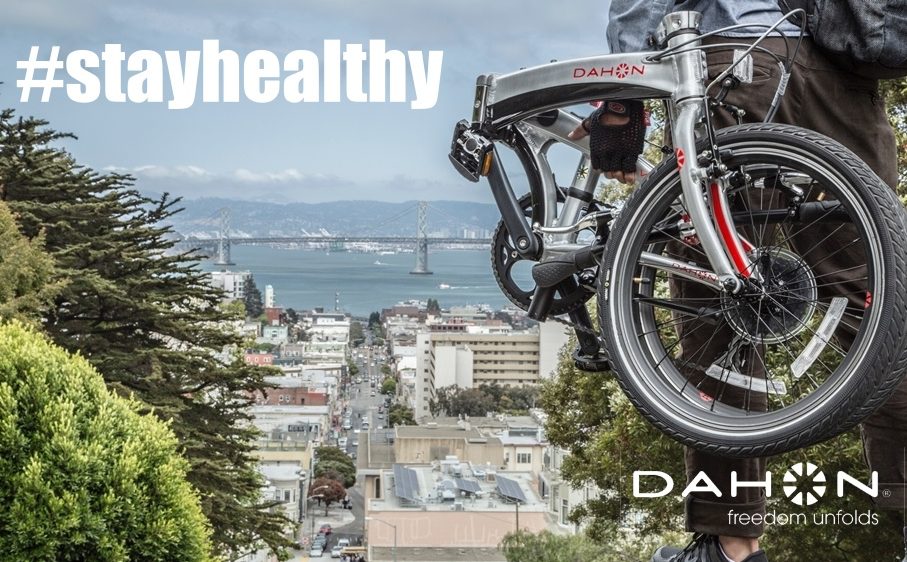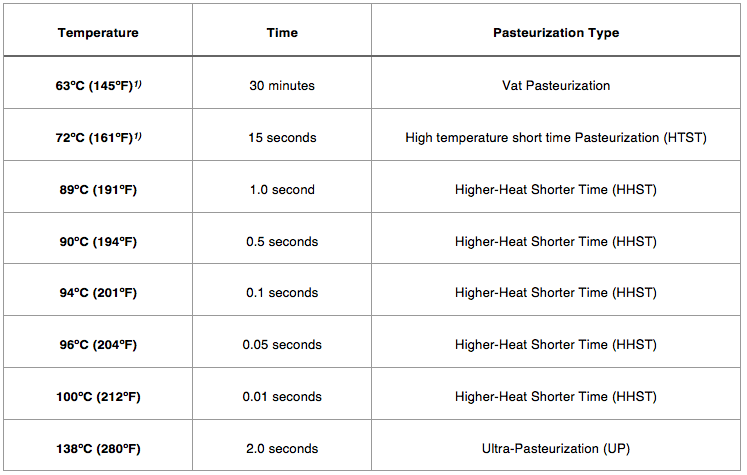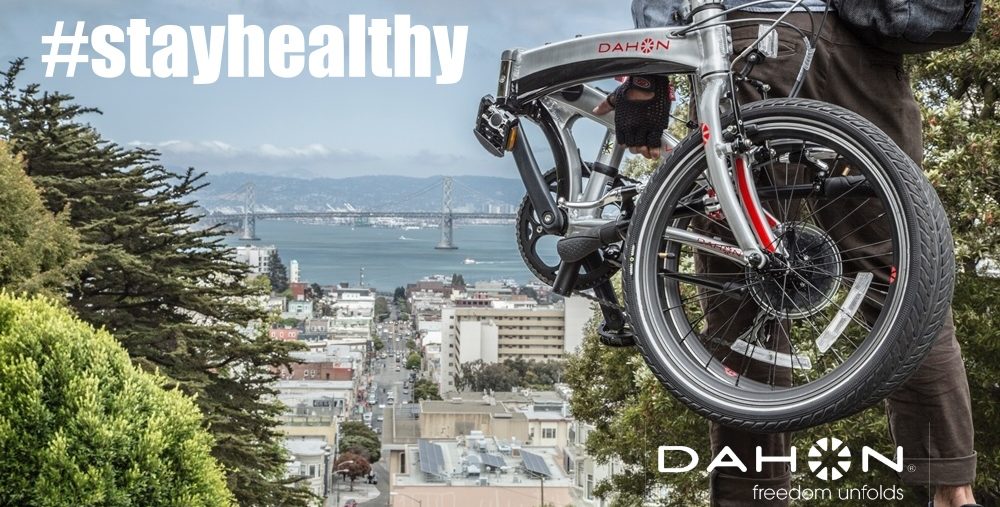
20 Mar COVID-19 ADVICE BY DR.HON: Reusing Masks by Home Sanitization

Laundry dryers typically run between 55 to 65° C at maximum settings. Some run higher. Unless you know the exact temperature and apply the above Table 1, it is safe to set the dryer at maximum temperature for one hour. Masks will come out completely sanitized and smelling fresh as new, ready for another day!
Kitchen oven can also work, but many do not go below 80°. Above that, many mask materials will be damaged. Ovens with temperatures below 80° are available if you search hard online.
A hairdryer is certainly hot enough to kill viruses, but at the risk of overheating and destroying the mask as well. (I am designing a simple device to regulate a hairdryer’s temperature experienced by the masks. I will describe this inexpensive DIY contraption at a later time.)
UV light, used in many commercial and domestic sanitizing cabinets, is effective against viruses and bacteria. Check the manual for required timing. However, unlike heat, limited penetration in some units may limit the number of masks treatable at a time. Some advanced laundry dryers also use UV light along with heat.
The common microwave oven, unfortunately, will not work, as viruses are too minute for the electromagnetic wavelengths.
I hope citizens will save time and money, as well as exposure, by renewing masks at home to protect themselves and others. Hospitals and other institutions may also consider this practical proposition in general. But even the best theory needs testing. Some public agency institution should undertake direct verification of this as a high-yield investment!
I welcome suggestions and questions by readers or audience.
The author, Dr. David T. Hon, is a graduate of DBS, UC Berkeley and UCLA/USC (Material Physics), and a Governor of Amcham South China since 2001; he has over 350 patents in several fields.




